
AMERICAN COUNCIL OF ENGINEERING COMPANIES (ACEC)
The U.S. has no shortage of high-profile P3 projects, particularly in Texas, Florida and California. One of the first major uses of the P3 model in the U.S. dates back to 1999, when the Port Authority of New York and New Jersey faced a limited debt capacity to finance necessary improvements to New York’s JFK International Airport. It ultimately turned to a consortium of private developers, operators and financiers to renovate the international terminal. In addition, a private company has a 28-year lease with the Port Authority to operate the terminal.












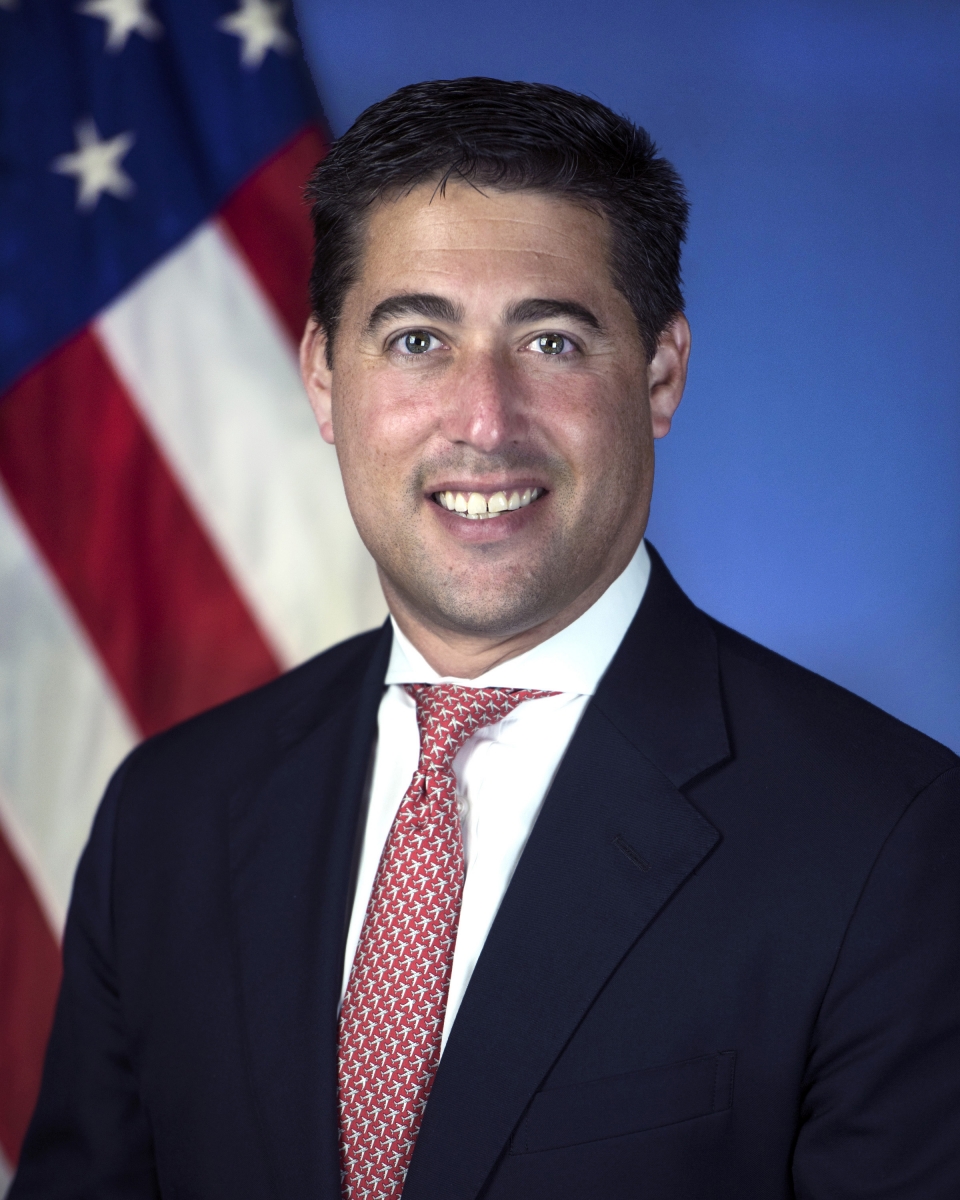
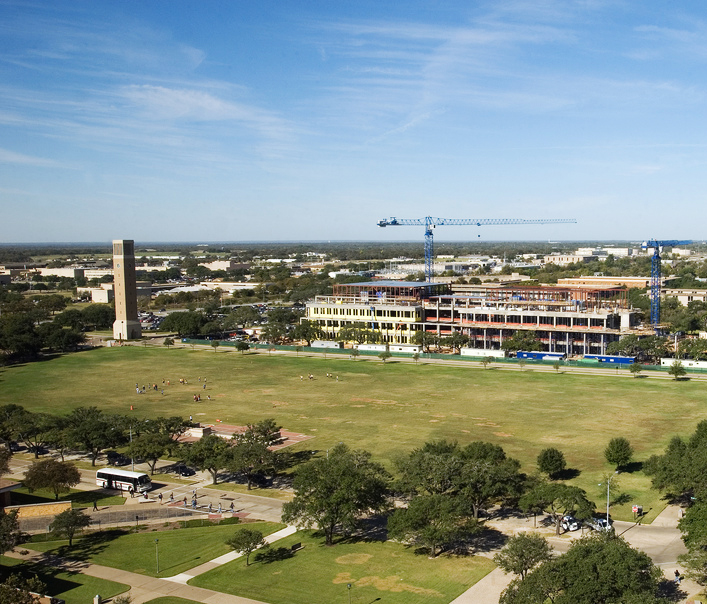
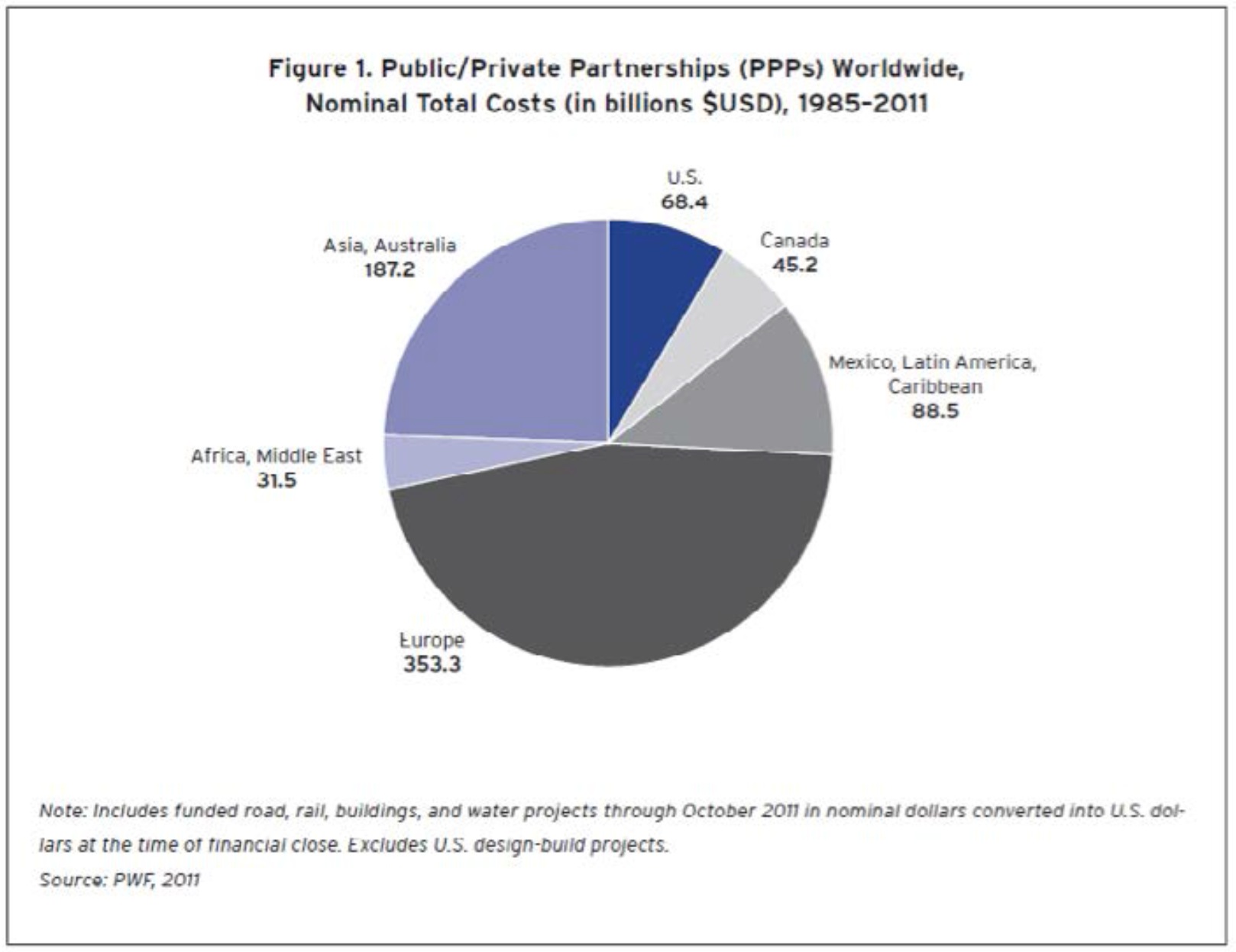
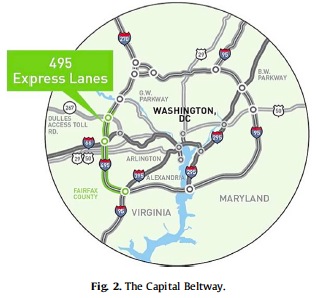

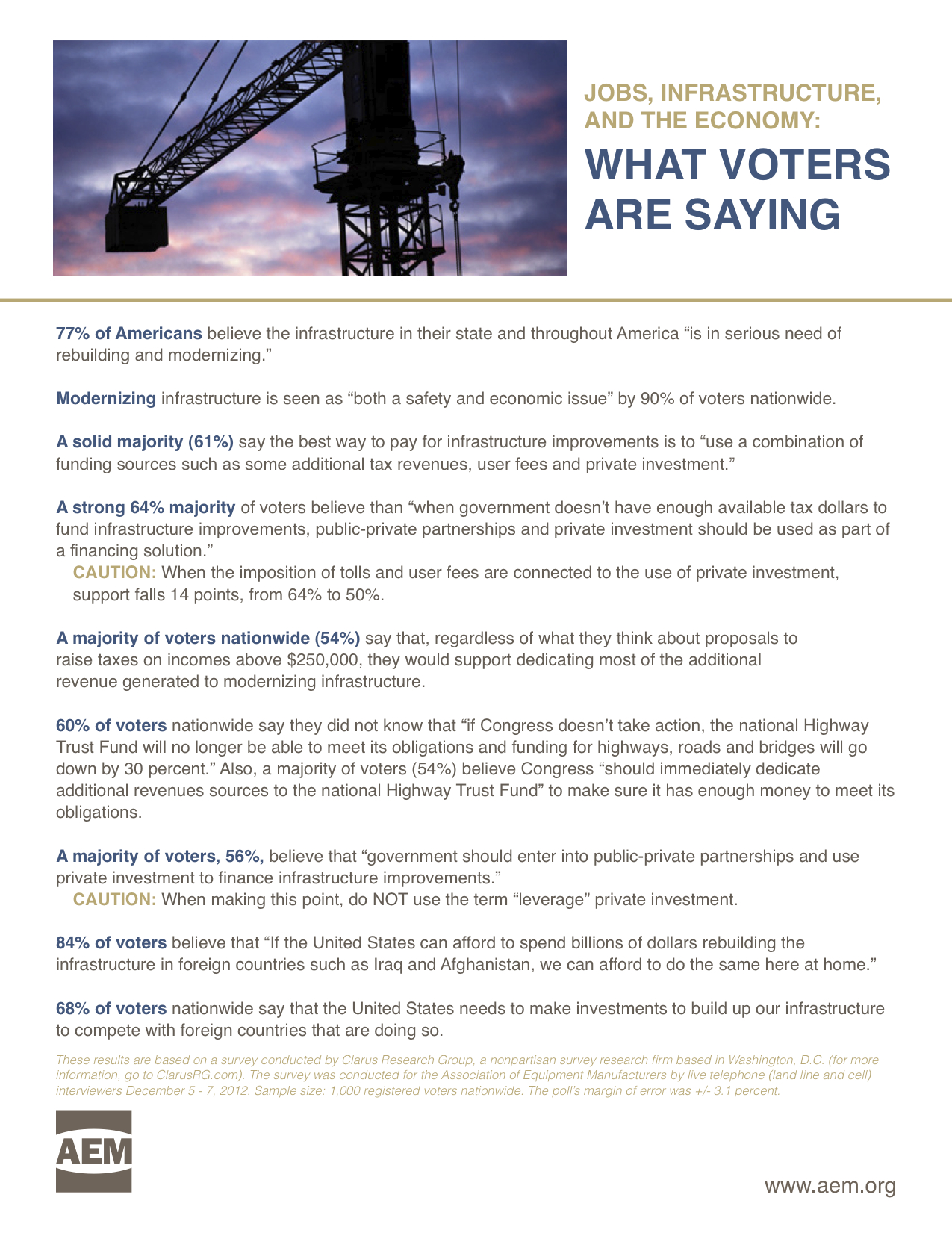



 RSS Feed
RSS Feed